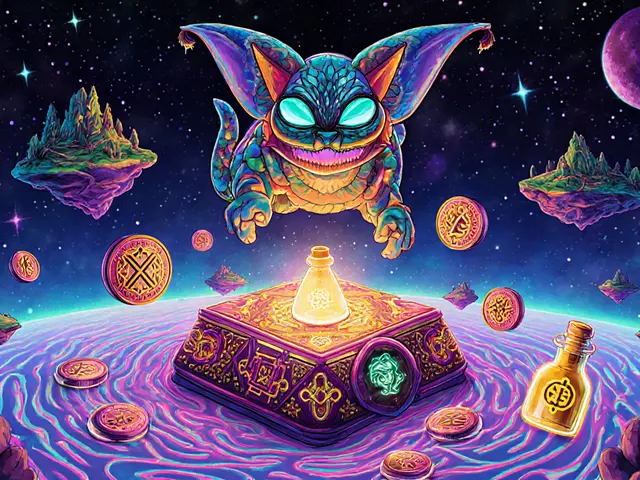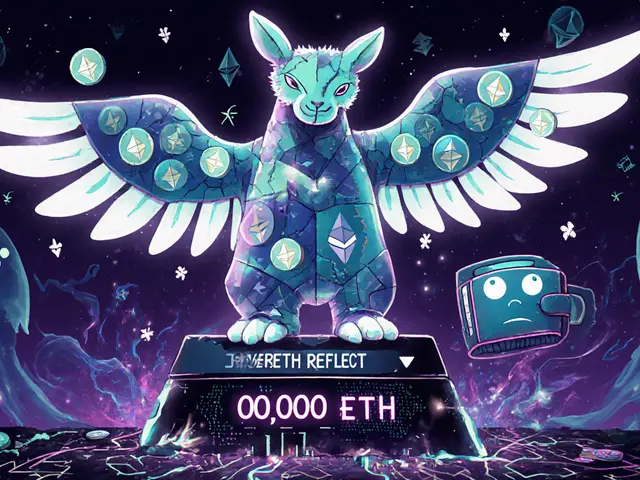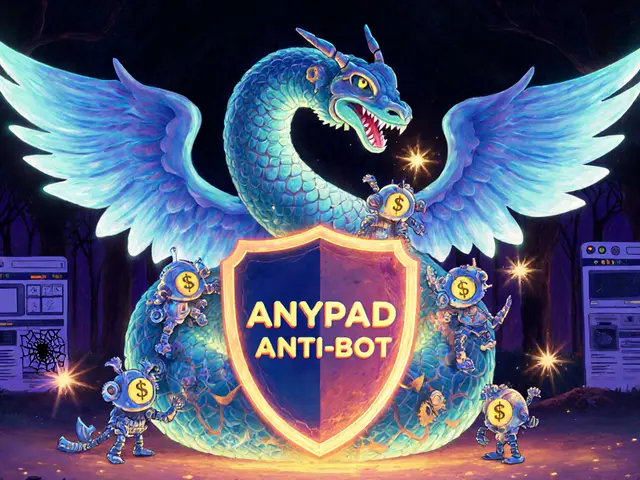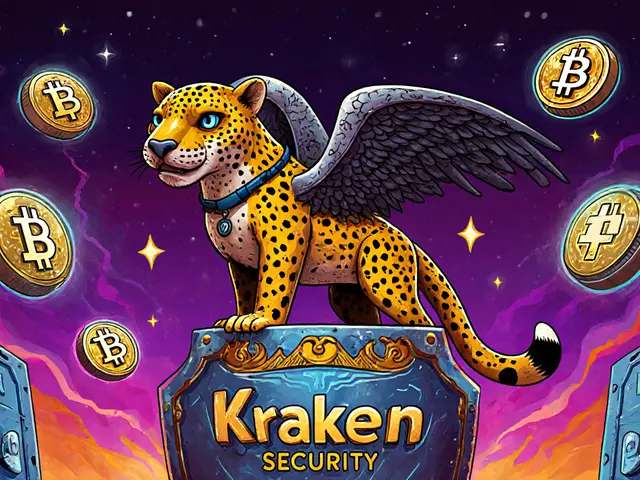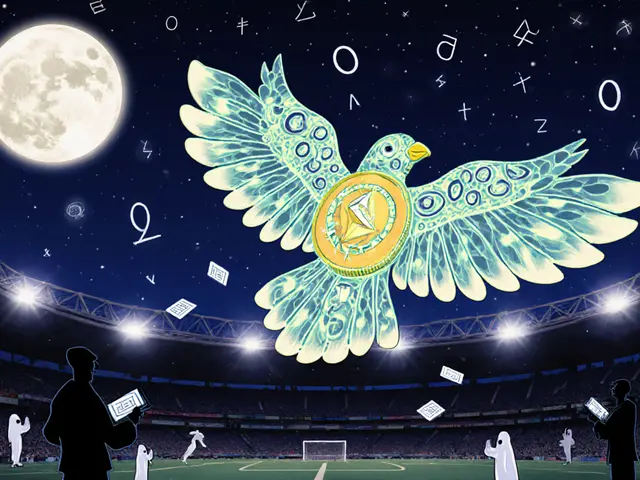Real World Asset Tokenization: How Blockchain Turns Physical Assets Into Tradeable Tokens
When you hear real world asset tokenization, the process of turning physical assets like real estate, gold, or art into digital tokens on a blockchain, you might think it’s just another crypto buzzword. But it’s not. It’s changing how ownership works. Instead of buying a whole house or a share in a private fund, you can now own 0.1% of a Manhattan apartment or a fraction of a Picasso—all as a digital token you can trade anytime, anywhere. This isn’t science fiction. It’s happening right now, driven by regulations like EU MiCA and real platforms that are making it possible.
Tokenization doesn’t just make assets easier to buy. It fixes real problems. Traditional assets are illiquid. Selling a piece of commercial real estate takes months. With tokenization, you can sell your share in minutes. It also opens access. Before, only wealthy investors could get into private equity or fine art. Now, someone with $50 can own a slice of a rental property or a vintage wine collection. security tokens, digital representations of ownership in real-world assets that comply with financial regulations are the backbone of this shift. They’re not like meme coins. They’re legally recognized, backed by real value, and often subject to audits and investor protections. And they’re different from NFTs. While NFTs prove you own a unique digital item, security tokens prove you own a stake in something tangible.
tokenized assets, physical assets converted into blockchain-based tokens that can be bought, sold, or traded are already being used in real estate, agriculture, infrastructure, and even carbon credits. In Cyprus, MiCA regulations are helping compliant firms launch tokenized funds. In places like Russia and Indonesia, new rules are making it safer to trade these assets locally. You’ll find posts here that show how this works in practice—from how liquidity changes when assets are tokenized, to why some projects fail because they skip the basics like legal compliance or real demand. You’ll also see warnings about fake tokens pretending to be backed by property or gold. This isn’t about speculation. It’s about building a system where ownership is transparent, divisible, and accessible. The posts below cover real examples, tools, regulations, and risks. No fluff. Just what you need to understand where this is going—and how to stay safe while it happens.






